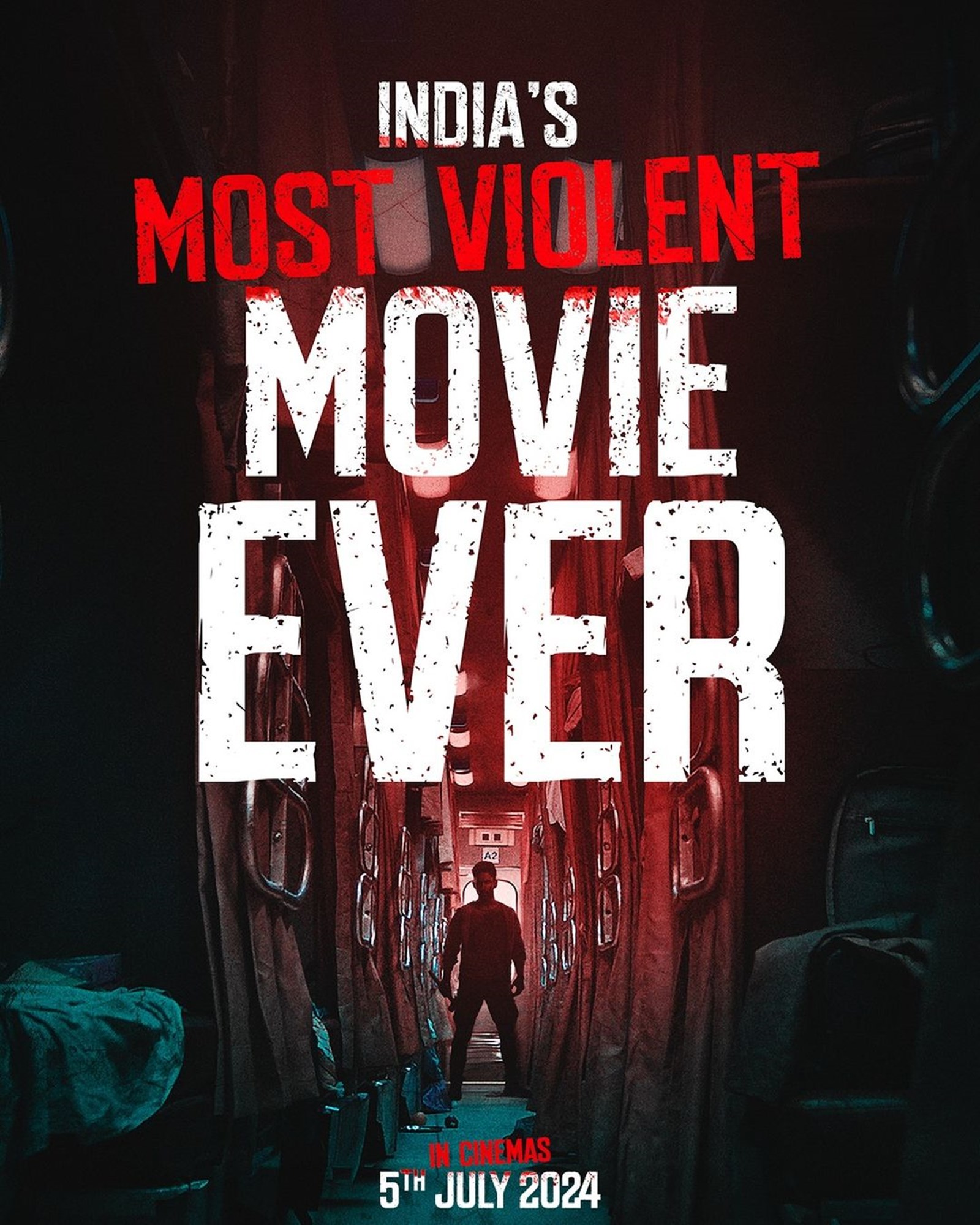Karan Johar’s ‘Kill’ has created a stir on the internet for being India’s most violent film. We are all familiar with crime films and their strong fanbase both at home and abroad, but the film takes it a step further with its blatant violence and signature gore scenes.
Counselling psychologist Srishti Vatsa said horror and gore films are made with the sole aim of evoking emotions like tension, fear, stress and shock.
“This causes the body to release hormones such as cortisol and adrenaline, which increases the heart rate and tenses the muscles. People who enjoy such films simply liken it to a roller coaster – an adrenaline rush,” she said.
She explained that even though our brains know the threat on the screen is imaginary, our bodies react as if it were real. “For people who already suffer from anxiety, the stress response is They may mistake on-screen danger for a real threat.“I’m a bit worried about the long-term effects of being exposed to bloody scenes,” she added.

“When we view cruel content, it activates the amygdala, which releases stress hormones in the body. The amygdala is a part of the brain that regulates emotions. Exposure to violence and cruel scenes can trigger responses like fear, anxiety, aggression and even depression,” said Juhi Pandey, psychologist at Mpower.

So what exactly happens to us?
Pandy said some people experience immediate effects such as restlessness and anxiety after viewing such content.

Vatsa says repeated exposure to violent scenes can lead to the development of new phobias: “We all know that there is a generation of adults who have been traumatised by these films. final destination “You can’t drive behind a truck loaded with logs and bars,” she says.
According to her, people who watch horror or gory movies have trouble falling asleep.
Speaking of Indian films, There is a problem with glorifying violence and hero worship.“Every action by the hero is portrayed as a justification for violence and glorifies violence because it strengthens our hope that good will ultimately triumph over evil. There is no anger as it is a hero versus villain scene,” Vatsa added.
Children and teenagers are more susceptible to the effects of cruelty than adults, so it’s important for them to be aware of the effects of such content and seek help if necessary, Pandy said.
How is it different for children?
Children are particularly vulnerable because their brains are still developing the ability to distinguish fantasy from reality, Vatsa said, so their exposure to violence can cause lasting psychological distress and stunt their development.
“In households where TV watching is usually a communal activity, even if parents like watching horror, they need to be aware that this distress can have long-term effects on their children and not assume that they don’t understand anything,” she said.
She further explained that children may become anxious and fearful of darkness and loneliness. “Research has also shown that exposure to violent audiovisual content desensitizes children to violence and makes them more susceptible to aggressive behaviour.”
What is the solution?
To ensure safety, Vatsa It’s important to monitor how horror movies make you feel“Notice how it affects your mood and sleep the next day. Know what you can tolerate and set limits on how much you can tolerate,” she said.
She also encouraged people to recognize if they are watching a movie out of peer pressure and choose to prioritize their own mental health. “It’s also important to assess your current emotional state and be careful not to binge watch,” she said.
© IE Online Media Services, Inc.
First uploaded: 16 Jun 2024 13:16 IST


